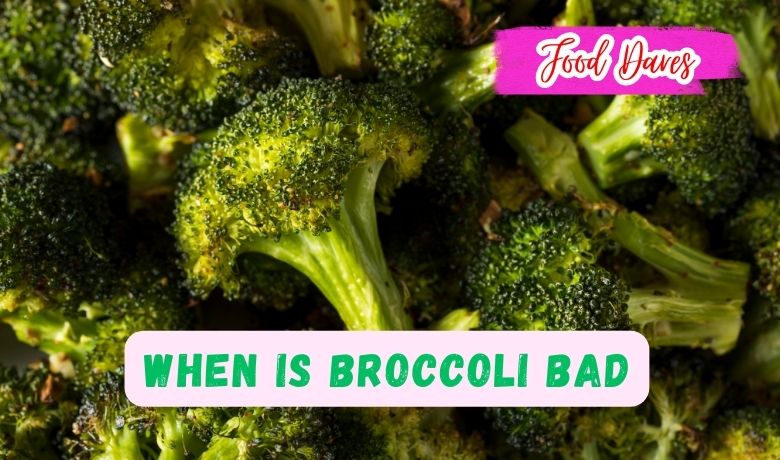Broccoli, with its numerous health benefits and delicious taste, is a popular vegetable enjoyed by many. However, like all fresh produce, broccoli has a limited shelf life and can go bad if not stored or handled properly. It is important to be aware of the signs of spoilage to avoid consuming broccoli that may pose health risks or compromise its taste and texture. In this article, we will explore the various indicators of when broccoli has gone bad, including changes in color, texture, smell, and the presence of mold. By understanding these signs, you can ensure that you only consume fresh and safe broccoli.
Changes in Color:
One of the primary indicators that broccoli has gone bad is a change in color. Fresh broccoli should have vibrant green florets and stalks. If you notice the color turning yellow, brown, or becoming spotted, it is a clear sign of deterioration and loss of freshness. Discolored broccoli may also have an unpleasant taste and texture.
Texture Changes:
Spoiled broccoli often exhibits noticeable changes in texture. Instead of being firm and crisp, it may become soft, wilted, or slimy. When you squeeze the florets or stalks, they should retain their shape and offer resistance. If the broccoli feels mushy, limp, or slimy, it is an indication that it is past its prime and no longer suitable for consumption.
Unpleasant Odor:
Another telltale sign of bad broccoli is an off or foul odor. Fresh broccoli should have a mild, slightly earthy scent. However, if you detect a strong, pungent, or rotten smell, it signifies spoilage. The odor is often associated with the growth of bacteria or other microorganisms, rendering the broccoli unsafe to eat.
Presence of Mold:
Mold growth is a definite indication that broccoli has gone bad. Check the florets and stalks for any visible signs of mold, which may appear as fuzzy patches or discoloration. Mold can spread quickly and contaminate the entire vegetable, posing health risks if consumed. It is crucial to discard any broccoli with visible mold growth to avoid potential illness.
Conclusion
Knowing when broccoli has gone bad is essential for maintaining food safety and enjoying the best quality produce. By observing changes in color, texture, smell, and the presence of mold, you can determine if your broccoli is still fresh and suitable for consumption. Remember to store broccoli properly, preferably in the refrigerator, to extend its shelf life. When in doubt, it is better to err on the side of caution and discard broccoli that shows signs of spoilage. By practicing proper food safety measures, you can enjoy delicious and nutritious broccoli in your meals.



